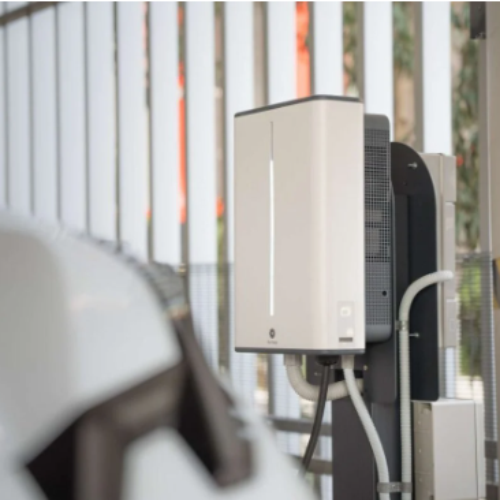Analytics and intelligent management solutions firm depsys is aiming to enable distribution system operators (DSOs) to better understand and control their networks by providing them with valuable data via its intelligent technological platform GridEye.
Current± caught up with Gordon Fairley, sales and business development lead, to discuss how digitalisation can help prevent and improve the resolution of faults on the electricity networks and further the transition to DSOs.
What are the key risk factors for distribution network operators (DNOs) in the transition to DSOs that you’re keeping an eye on?
Some countries have talked about energy demand doubling through 2030, we’re seeing a significant uptake in the UK of electric vehicles and the need for charging, and that impact on the grid combined with the fact that something like 25-36% of grid assets across Europe are over 40 years old and the fact you have the energy transition to renewables where you have significant adoption of renewable energy on the grid, I think all of that combined creates huge stress on the grid.
When a fault has occurred on the system, how can digitisation help improve the process of resolving that?
Today, the DSOs primarily have built-in systems within their grid typically at the primary substations, which are looking for faults and measuring currents and deviations. But having grid edge data basically allows them to do real time analysis of voltage and current and a number of other features such as grid harmonics. We’re able to do adaptive sampling at the grid edge, which gives the capability to basically not only detect the fault and the type of fault, but also to localise the fault.
Today, localising a fault perhaps takes around two hours on average, and our target is to take it down to around 15 minutes. So that’s significant from an operational perspective in terms of being able to use grid edge data to improve the operational performance of the DSOs.
How does this help with predicting faults?
If you’re monitoring the grid, you’re looking for intermittent signals. Something in the order of 70% of events in total are not full faults where the grid goes out – they’re temporary in nature. We anticipate something in the region of upwards of 25% of those temporary faults in the low voltage grid can be predicted, which is significant.
The methodology of prediction is to look at deviations, small perturbations in the signals, and with the very granular measurement that we’re doing and the very high accuracy measurement we’re doing, we can actually look at those signals and do signal analysis, interpret that, classify those and give insight back to the DSO as to what that means.
Then, in terms of action out of that, the DSO can take action in terms of organising their operational maintenance more effectively. They can go out and replace assets ahead of the fault happening when it fits with their maintenance schedule.
What do the networks need to do to continue to evolve as the system evolves and becomes more reliant on digitalisation?
The DSOs are going through this major transition, both to the network and also to the skillsets they need within the company. We know that many are bringing on data experts working on data ingestion and the whole side of data usage and data analytics as part of their systems. They’re also coming from a traditional grid management system, where understandably reliability is key, so all of the systems are very heavily controlled. I think that aspect is changing and the DSOs are aware and moving that forward with the adoption of more advanced technologies and the capabilities that using those more advanced technologies bring to the grid.
I think we’ve seen the first steps. The smart meter rollout, for example, is one area where the DSOs are trying to use big data to crunch a lot of data centrally and try to read the tea leaves, so to speak. We do see that as having value, but at the same time, we also see the ability to do very advanced measurement within the grid, and do grid edge computing, grid edge algorithms and grid edge analytics as very significant in terms of the benefit of insight, and the ability to tune the algorithms to the measurements.
How much consideration needs to be given to cybersecurity as the networks become increasingly digitalised?
It’s a very, very key part of the work we’re doing. We’re ISO 27001 certified, and we’re working very closely with customers on cybersecurity issues. Collecting that amount of data, albeit at the grid edge, still requires the responsibility to make sure that the systems are incredibly secure.
How proactive are DNOs in seeking out new tech and solutions?
In the UK particularly there’s quite a strong tradition of innovation, obviously with the Network Innovation Competition projects. I think initially when they were set up in the current RIIO period, they were seen perhaps as a bit too research focused, but in the last few years they’ve really focused on bringing that innovation into operational deployment, which I think is very positive.





